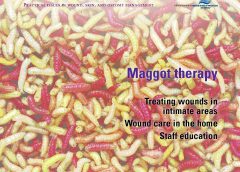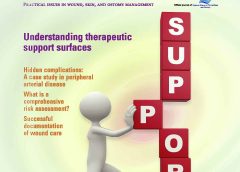Posted: July 21, 2014
Aspirin inhibits wound healing A study in the Journal of Experimental Medicine describes how aspirin inhibits wound healing and paves the way for the development of new drugs to promote healing. The authors of “12-hydroxyheptadecatrienoic (12-HHT) acid promotes epidermal wound healing by accelerating keratinocyte migration via the BLT2 receptor” report that aspirin reduced 12-HHT production, which resulted in delayed wound…
Posted: July 21, 2014
Be sure you’re familiar with these valuable resources for you and your patients. Colorectal cancer resources Fight Colorectal Cancer has a comprehensive resource library for patients, including: a link to “My Colon Cancer Coach,” which provides a personalized report to help guide patients in making treatment decisions archives of webinars (past topics include healthy changes that may reduce recurrence, highlights…
Posted: July 21, 2014
By Pam Bowers, RN, and Liz Ferron, MSW, LICSW Conflict in the workplace is a fact of life, and dealing with it is never easy. Sometimes it seems easier to ignore it and hope it will take care of itself. But in healthcare organizations, that’s not a good strategy. Unresolved conflict almost always leads to poor communications, avoidance behavior, and…
Posted: July 21, 2014
By Jeri Lundgren, BSN, RN, PHN, CWS, CWCN The development of a care plan related to skin integrity can be challenging for any clinician. It takes a strong understanding of skin integrity risk factors and knowledge of how to modify, stabilize, and eliminate those risk factors. This article provides tips for the care-planning process.
Posted: July 21, 2014
By Jennifer Oakley, BS, RN, WCC, DWC, OMS It’s time again for annual staff education, and you, the certified wound clinician, need to teach the staff at your organization. You dream of staff entering a state-of-the-art classroom with computers at each station, mannequins, wound anatomy models, and enough products for each student to do hands-on demonstrations. But when you open…
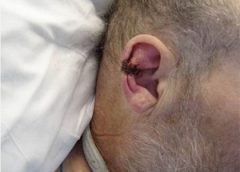
Posted: July 21, 2014
By: Donna Sardina, RN, MHA, WCC, CWCMS, DWC, OMS A medical device–related pressure ulcer (MDRPU) is defined as a localized injury to the skin or underlying tissue resulting from sustained pressure caused by a medical device, such as a brace; splint; cast; respiratory mask or tubing; tracheostomy tube, collar, or strap; feeding tube; or a negative-pressure wound therapy device. The golden rule…
Posted: July 21, 2014
By Judy Bearden, MSN/ED, RN Changes in healthcare policy and reimbursement are pushing treatment from the hospital to the community. This shift is likely to result in a higher number of complex wounds being treated in the home, which can create stress for patients and families. Education plays a key role in reducing this stress. This article focuses on education…
Posted: July 21, 2014
By Yolanda G. Smith, MSN, RN, CCRN Are you able to relax, have fun, and enjoy the simple pleasures of life? Or do you: have trouble falling or staying asleep? smoke, drink, or eat to reduce tension? have headaches, back pain, or stomach problems? get irritated or upset over insignificant things? have too much to do and too little time…
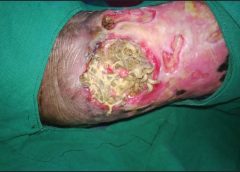
Posted: July 21, 2014
By: Ronald A. Sherman, MD; Sharon Mendez, RN, CWS; and Catherine McMillan, BA Maggot therapy is the controlled, therapeutic application of maggots to a wound. Simple to use, it provides rapid, precise, safe, and powerful debridement. Many wound care professionals don’t provide maggot therapy (also called wound myiasis) because they lack training. But having maggot therapy technology available for patients…
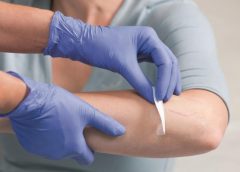
Posted: July 21, 2014
By Nancy Morgan, RN, BSN, MBA, WOC, WCC, DWC, OMS Each issue, Apple Bites brings you a tool you can apply in your daily practice. Transparent film dressings are thin sheets of transparent polyurethane (polymer) coated with an adhesive. These dressings are available in a variety of sizes and shapes.
Posted: July 21, 2014
By Debra Clair, PhD, APRN, WOCN, WCC, DWC Providing wound care requires a great deal of knowledge and skill. To become a wound care nurse entails taking classes, gaining and maintaining certifications, and acquiring on-the-job experience. But despite your education, knowledge, skills, and certifications, you may encounter problems when wound care requires you to touch the patient in a sensitive or…

